Packaging Safety
Packaging Safety
Packaging Safety
Packaging Safety is crucial in the packaging industry. It ensures that products are protected from damage, contamination, and tampering. This helps maintain the quality and integrity of the product from the manufacturer to the consumer.
Why is Packaging Safety Important?
Packaging safety is important for several reasons. First, it protects the product during transportation and storage. Second, it prevents contamination, which is vital for food and pharmaceutical products. Lastly, it ensures that the product reaches the consumer in perfect condition.
Key Elements of Packaging Safety
There are several key elements to consider for packaging safety:
- Material Selection: Choose materials that are strong and durable.
- Sealing Methods: Use effective sealing methods to prevent leaks and contamination.
- Labeling: Ensure labels are clear and provide necessary information.
- Testing: Conduct regular tests to ensure packaging meets safety standards.
Examples of Packaging Safety
Here are some examples of packaging safety in action:
- Child-Resistant Packaging: Used for medications to prevent children from accessing harmful substances.
- Tamper-Evident Seals: Provide a visual indication if the package has been opened or altered.
- Food-Grade Materials: Ensure that packaging materials do not contaminate food products.
Conclusion
In conclusion, packaging safety is essential for protecting products and consumers. By understanding and implementing key elements of packaging safety, manufacturers can ensure their products are safe and reliable.
Blog Posts with the term: Packaging Safety

The guide explains the significance of MOSH (Mineral Oil Saturated Hydrocarbons) and MOAH (Mineral Oil Aromatic Hydrocarbons) in food packaging, highlighting their potential health risks due to migration into food. It emphasizes the need for ongoing research, industry regulation, and...
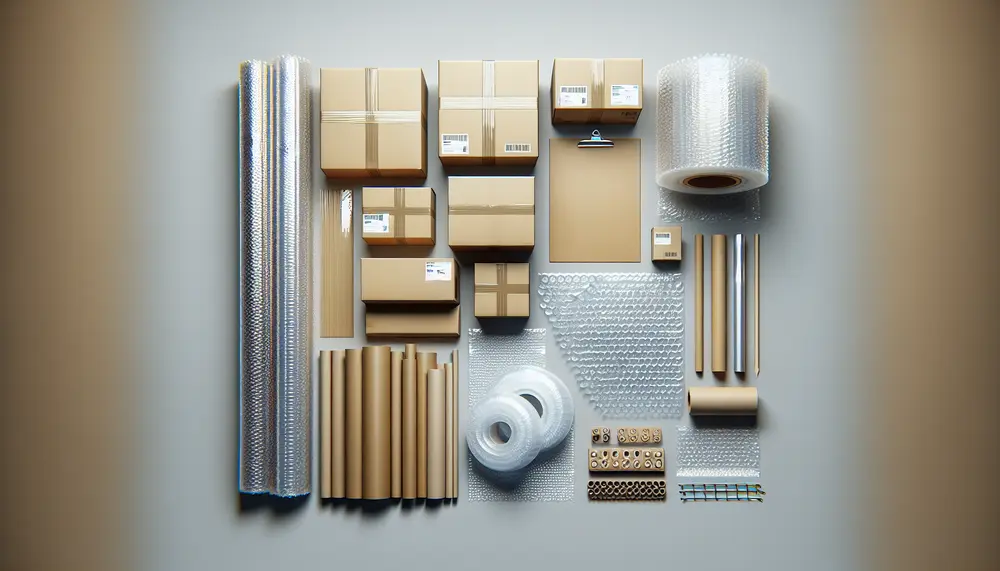
Packaging hazards pose risks to product safety during transportation and storage, stemming from physical damage, environmental conditions, and human error; addressing these requires a comprehensive design strategy. Shipping hazards are categorized into shock damage, vibrations, compression forces, and atmospheric conditions;...

A Food Grade Packaging Statement is a declaration ensuring that packaging materials are safe for direct contact with food and comply with safety standards to protect consumer health. It includes information on material types, suitability for specific foods, and safety...
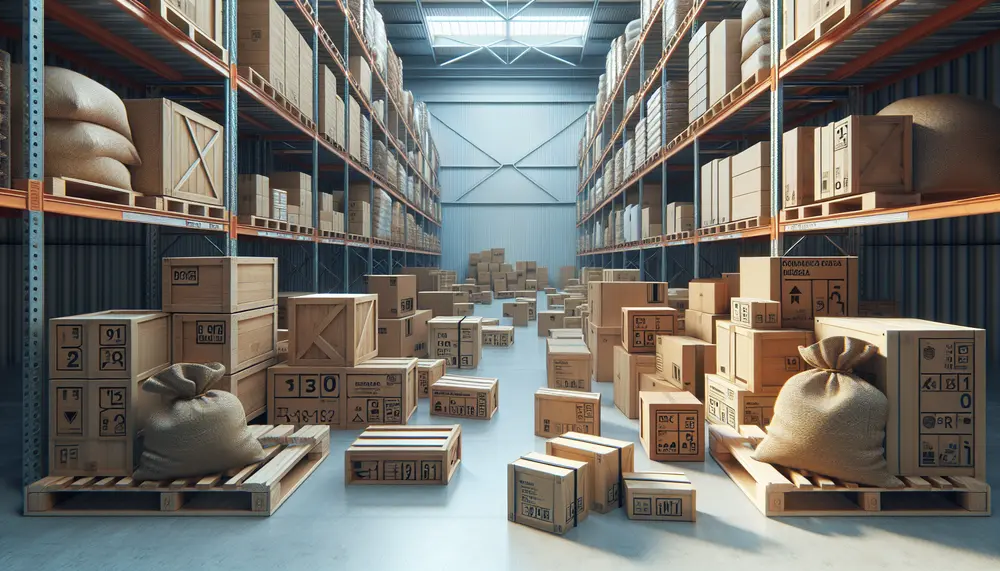
Fumigation is essential for packaging materials, especially wood, to prevent pest infestations that threaten ecosystems and economies; it ensures compliance with global phytosanitary standards. It's crucial in the supply chain to maintain product integrity and adhere to international trade regulations...

Food packaging materials are crucial for protecting food quality and safety, providing consumer information, and ensuring regulatory compliance. The choice of material depends on factors like the type of food, shelf life requirements, storage conditions, and environmental impact. Plastic packaging solutions...
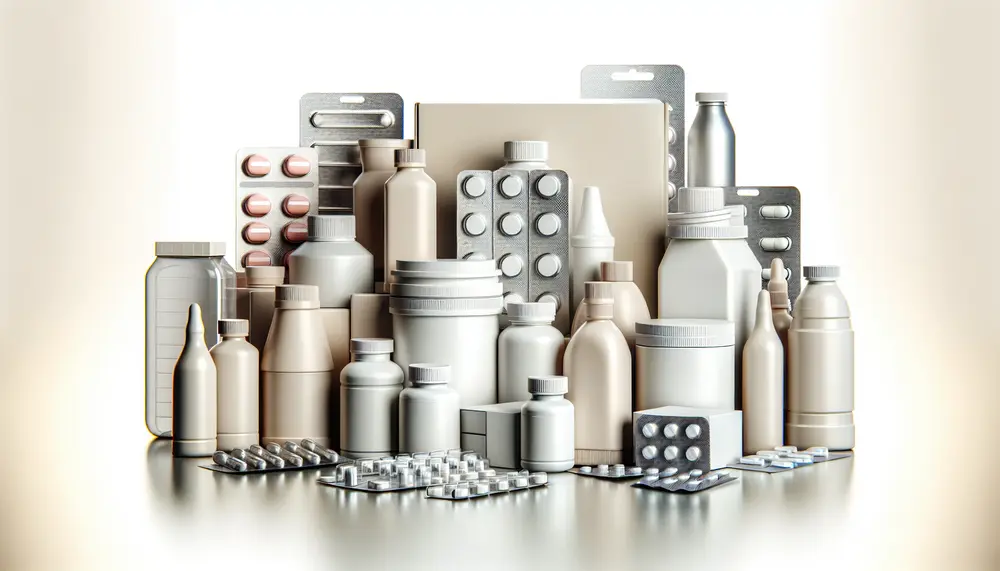
Understanding and selecting the right pharmaceutical packaging materials is essential for maintaining drug safety, efficacy, and integrity. These materials must protect against environmental factors like moisture and light while ensuring compatibility with the drugs they contain; innovations in this field...
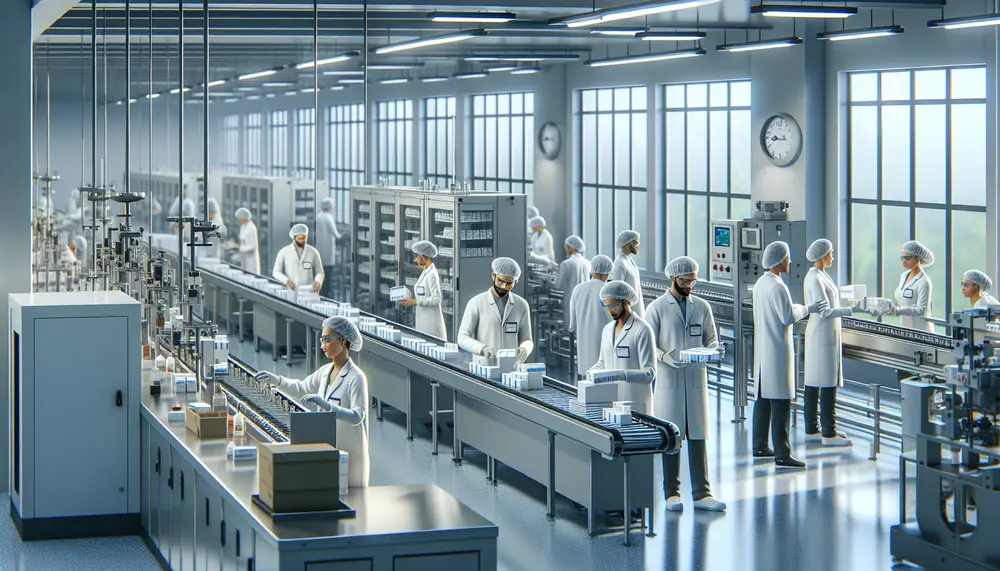
The pharmaceutical packaging industry in India is crucial for global healthcare, focusing on safe drug distribution and innovative solutions like tamper-evident features while adapting to market needs with sustainable practices. The sector is experiencing robust growth, driven by innovations, health...
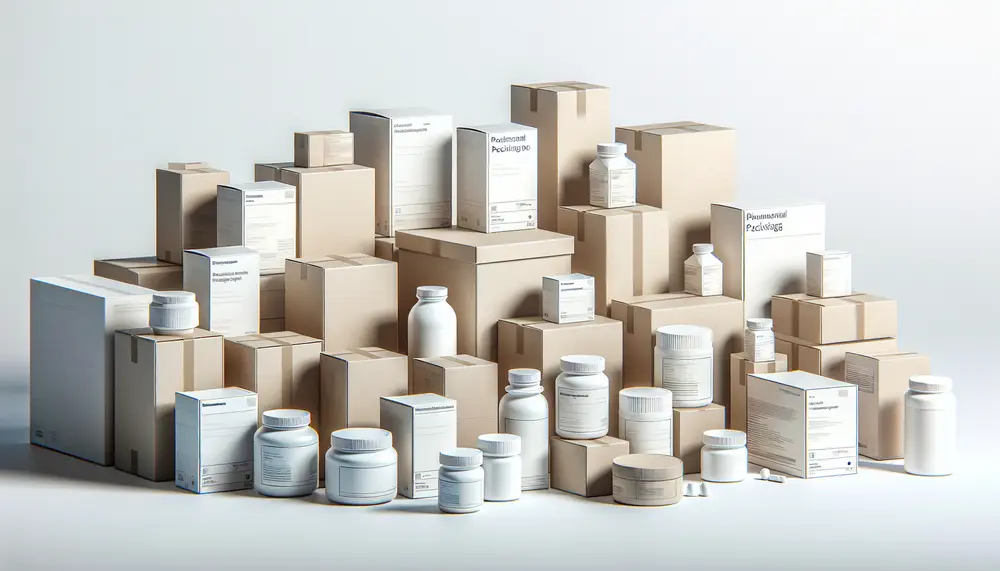
Pharmaceutical packaging boxes are crucial for maintaining the safety, efficacy, and integrity of medications by protecting them from external factors like moisture and contamination, while also providing essential information to healthcare providers and patients. The selection process involves considering material...

Plastic packaging for cleaning agents is designed to be chemically resistant and secure, with specific plastics chosen based on their interaction with the product's chemicals. Child-safe features like CR closures are essential for preventing accidental access by children. Eco-friendly plastic options...
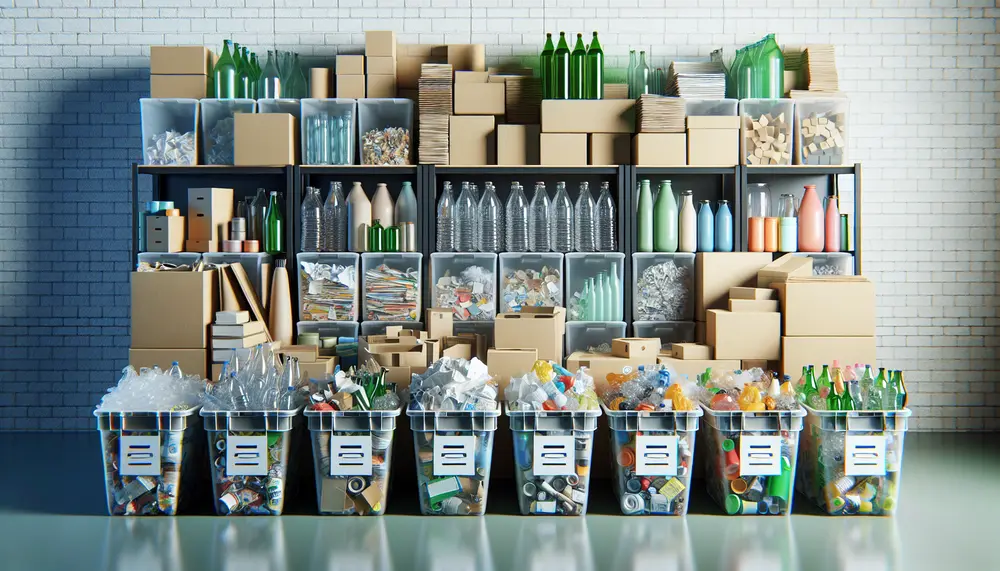
Packaging recycling is essential for environmental sustainability, conserving resources and reducing landfill waste. It faces challenges like cost and contamination but offers benefits such as reduced emissions and job creation. The impact of packaging waste includes ocean pollution, greenhouse gas emissions...

Sausage paper is essential in the meat industry for protecting sausage quality by preventing contamination and spoilage, aiding in shaping during processing, and enhancing retail presentation. Different types of sausage paper cater to various packaging needs and can impact product...
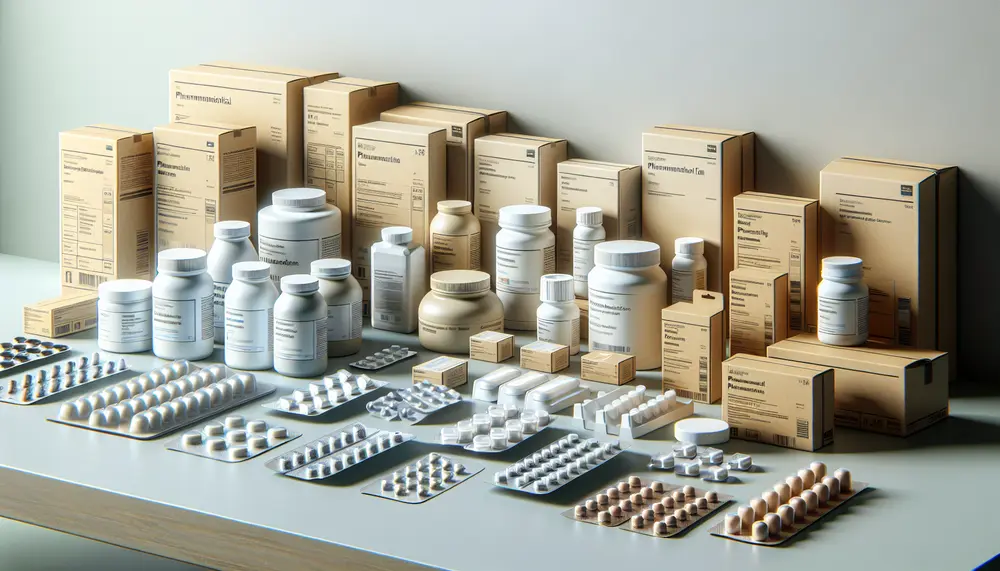
Pharmaceutical packaging is essential for maintaining the safety, efficacy, and quality of medications, involving various forms like blisters, bottles, and syringes to protect against damage, moisture, contamination, and tampering. The design of this packaging must consider material suitability, regulatory compliance...
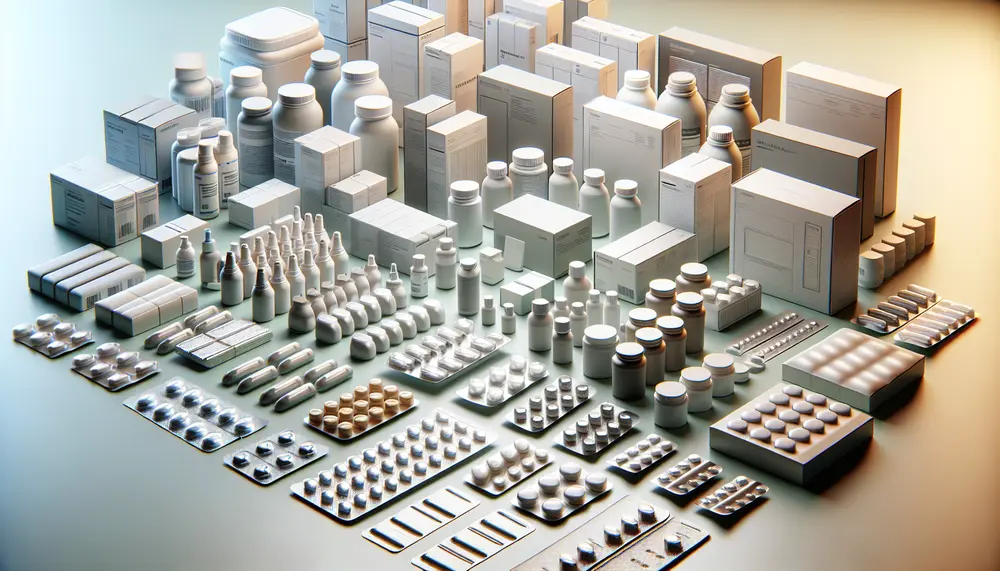
Pharmaceutical packaging is essential for protecting medications, ensuring safety and efficacy through materials like glass and plastics, and adhering to strict regulatory standards. Innovations in the field include biodegradable polymers and smart packaging technologies that enhance drug protection and environmental...
